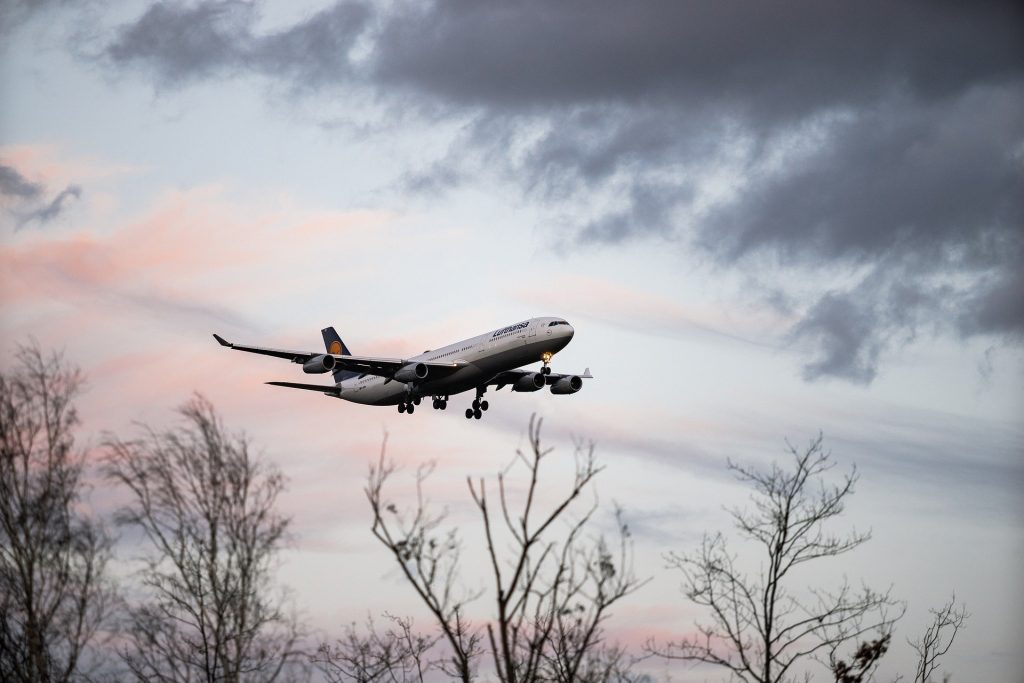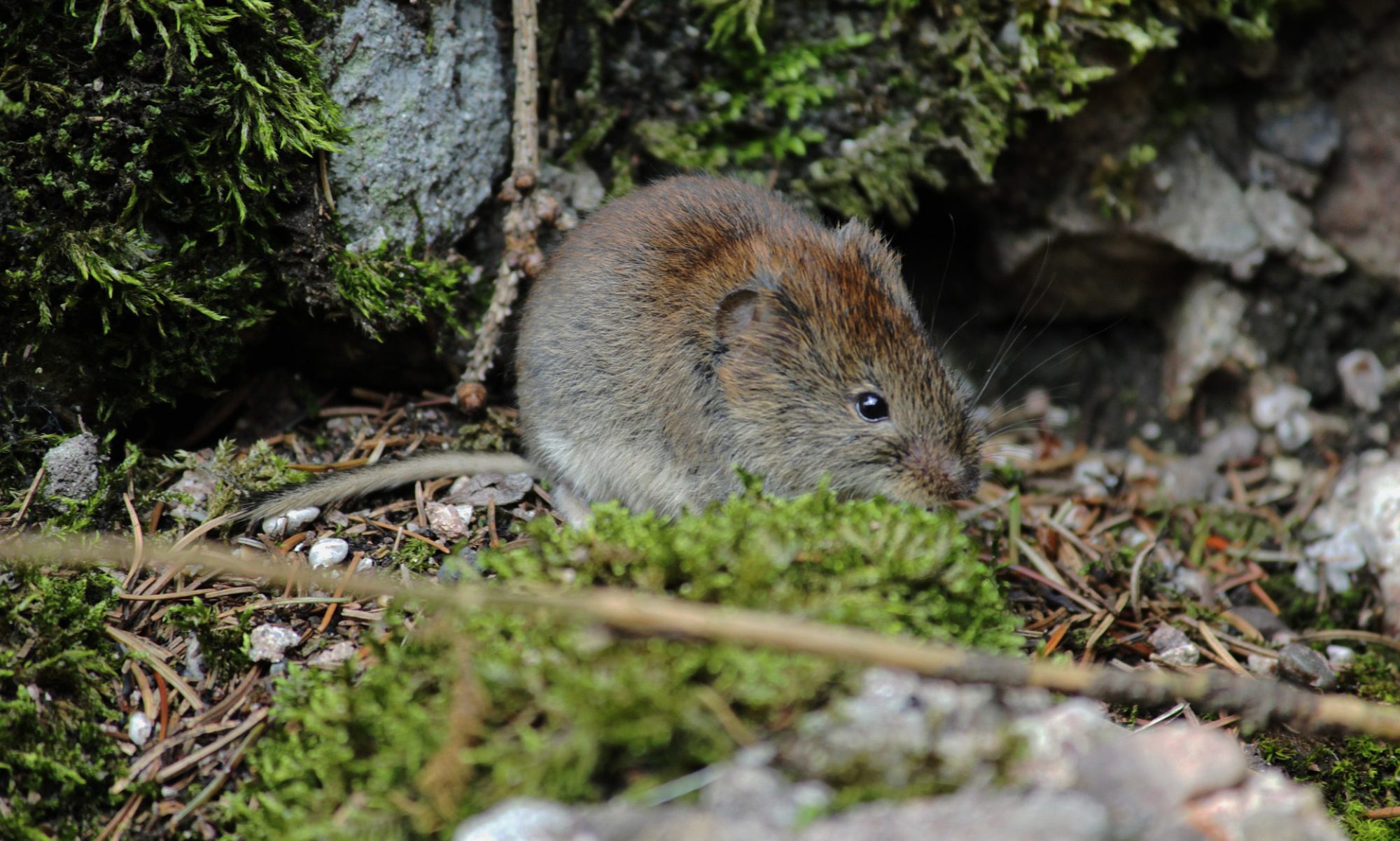
The roads and skies of the UK have been quieter than ever during the lockdown. The peace and stillness has been remarkable – and many of us hadn’t experienced anything like it before. That we felt this way reveals just how used we’ve become to incessant background noise. Even while walking in the deep countryside, you can hear the faint thundering of motorways and the rasping of jet engines.
There is emerging evidence that noise pollution is bad for our health. But what about how noise pollution might be affecting the natural world? Well, luckily, academic interest is growing in this topic, with many scientists and researchers now investigating how noise might be impacting various species. So what sort of noise is involved, which animals are affected, and how?
What is noise pollution? What sort of noise might be having an impact?
Noise that is created as a by-product of other activities, is regarded as noise pollution. Examples include noise created by transport, industry, and resource extraction. Equally, certain intentionally-made sounds are also seen to be causing problems – these include acoustic deterrents used in some fishing activities, and the loud pulses used for geological surveys of ocean beds, during oil & gas exploration. Shipping is the most widespread cause of underwater noise – with propellers creating extremely loud cavitation noise, which can travel hundreds of kilometres through water.
Why is this potentially disruptive for wildlife?
Many animals use sound to gather information and to communicate information. They use might use sound to navigate their environment, to find mates, to challenge rivals, or to warn other members of a group about danger – to name just a few examples. So, if an animal cannot hear certain sounds, or is unable to make their sounds heard by others in a group, this could be threatening to an animal’s survival. The great tit – which can be seen in gardens across the UK – uses ‘mobbing’ calls. These calls are sounded by a great tit if they spot a predator, to ‘call’ together other members of their group – which would offer greater protection against that predator. Traffic noise from roads unfortunately drowns out many mobbing calls, which mean the birds cannot communicate a threat. Therefore their chances of survival are lower. This might explain why some animals’ stress levels rise when exposed to lots of background noise.
Animals can adapt – but not without risk
Researchers have observed that certain animal species change their behaviour in response to high background noise levels, to ‘get around’ the problem. Some birds change the volume or pitch of their calls or songs, while other birds change the timing of calls or songs, to avoid times of day which have the highest noise pollution levels. But there are downsides to altering behaviour like this. Animals might risk getting themselves noticed by a predator, or not communicating important information to other individuals of their species.
Noise pollution could have far-reaching consequences
While noise can certainly alter individual species’ behaviour, it can also affect the interaction between different species in an ecosystem. Research on coral reefs has revealed that young fish who are just getting used to life on the reef, are especially impacted by noise. These young fish get stressed and distracted by the noise of motorboats driving around the reef. This means they can’t see predators as easily, don’t respond quickly enough, and therefore are more often caught. This has impacts not only on the population of these fish species, but also on communities and habitats. If young fish cannot survive on a coral reef, there is a risk that it will be inhabited by fewer and fewer fish, therefore having a detrimental impact on the area’s biodiversity, and even on the survival of the reef itself.
What can be done to tackle the problem?
Luckily, noise is something that can be quickly addressed, and changes can have immediate effects. Reducing engine noise from transport, for instance, can be beneficial, as can measures to reduce noise around airports. Companies and scientists are now collaborating to create new technologies and materials which make less noise – such as quieter road surfaces. When it comes to marine noise pollution, engineers are working on designing ship propellers that create far less cavitation that typical propellers. As with many kinds of pollution, one of the simplest actions we can take is to change our daily behaviour. This could mean changes like requiring boats to slow down in particular areas, or to avoid sensitive areas like coral reefs, or fish spawning grounds. The key thing, though, is that there is a real lack of any historical research into this issue. We barely have any information about the sheer extent to which noise is affecting our wildlife. So a crucial change we must make in this area, is to address this huge gap in our knowledge.
If you are eager to find out more about this area, have a listen to ‘Silencing with Noise’ – an episode of BBC Radio 4’s Costing the Earth – which aired last week. Here is a link to the programme, on the BBC Sounds website. This article draws upon much of the interesting information explored in the programme.

